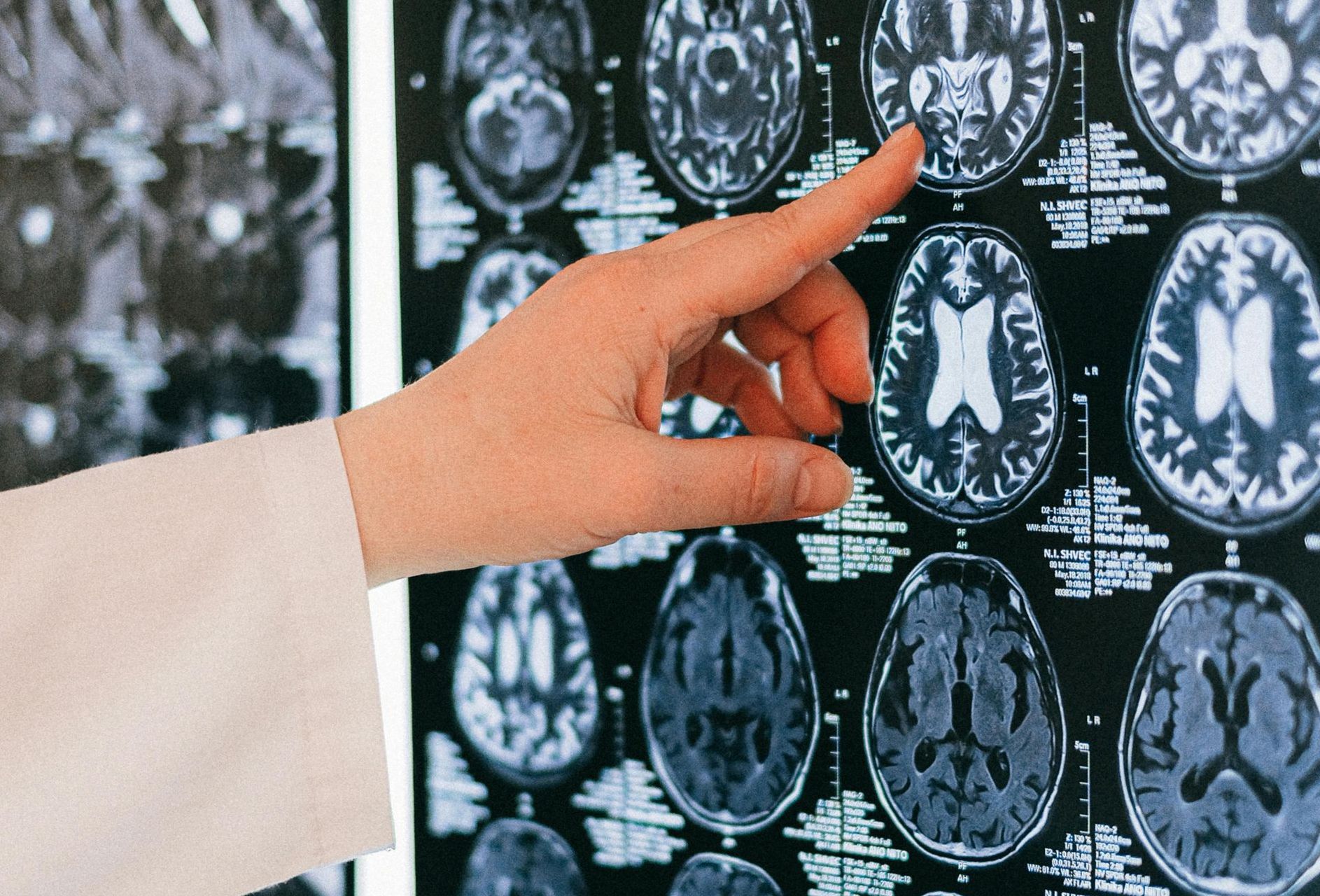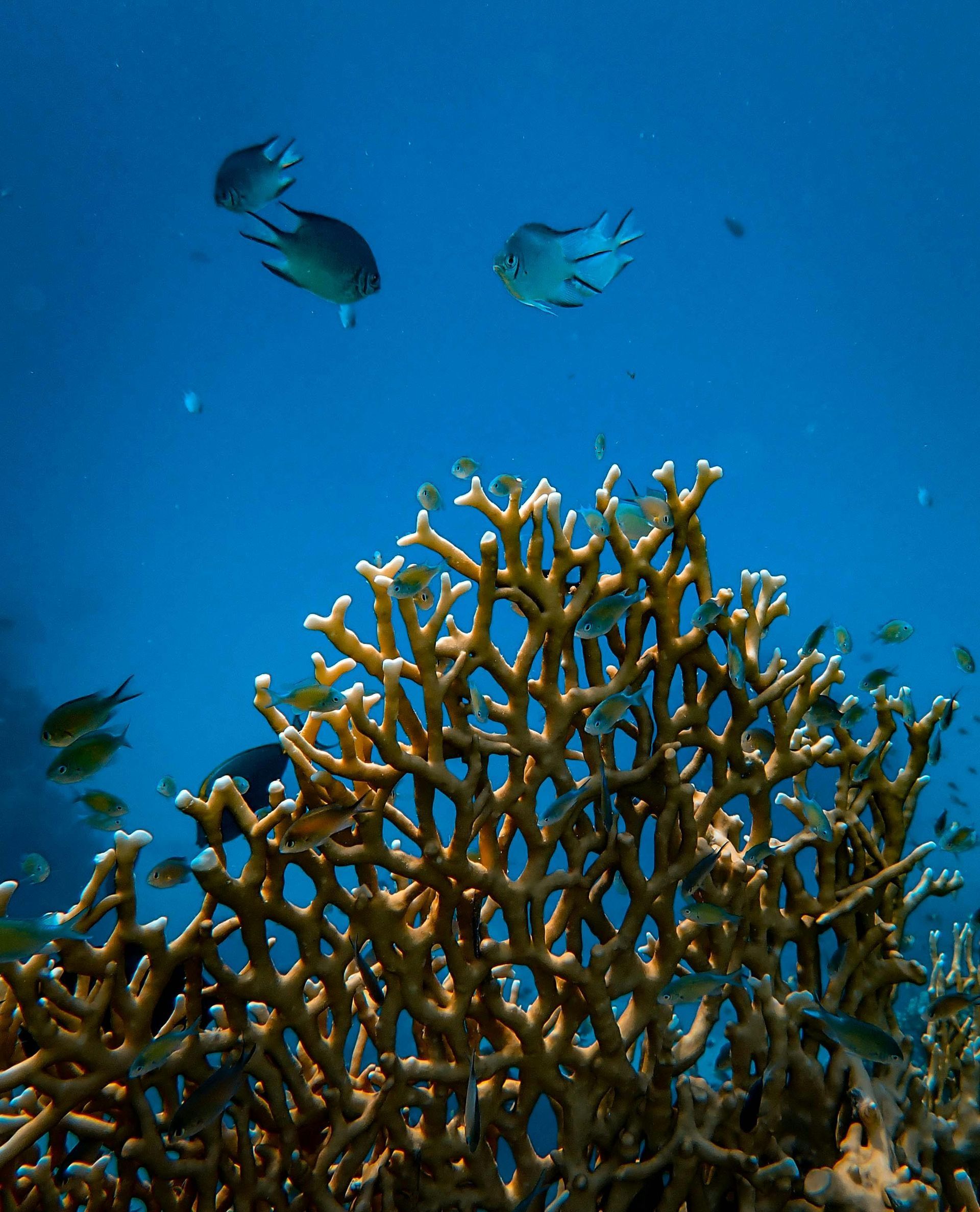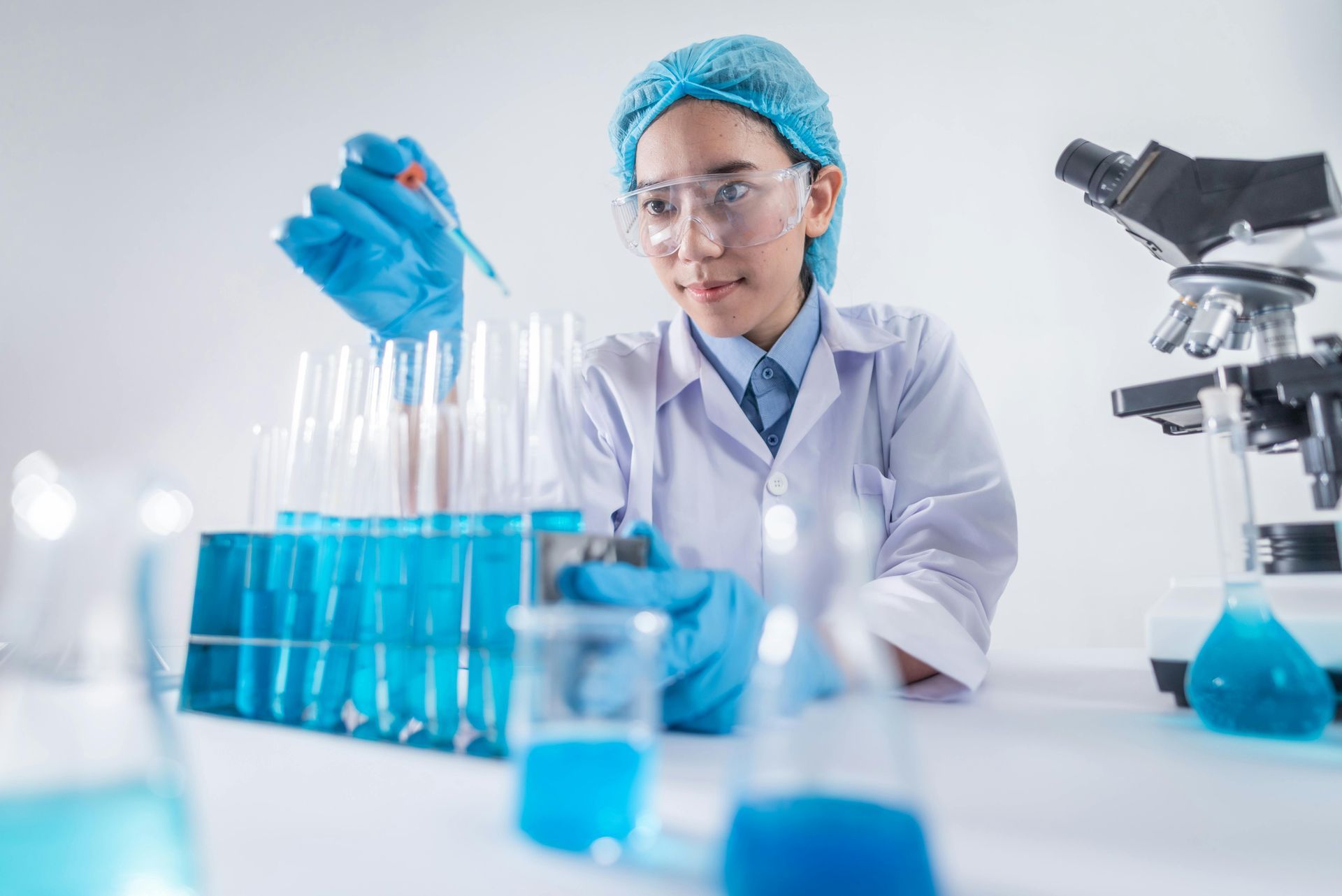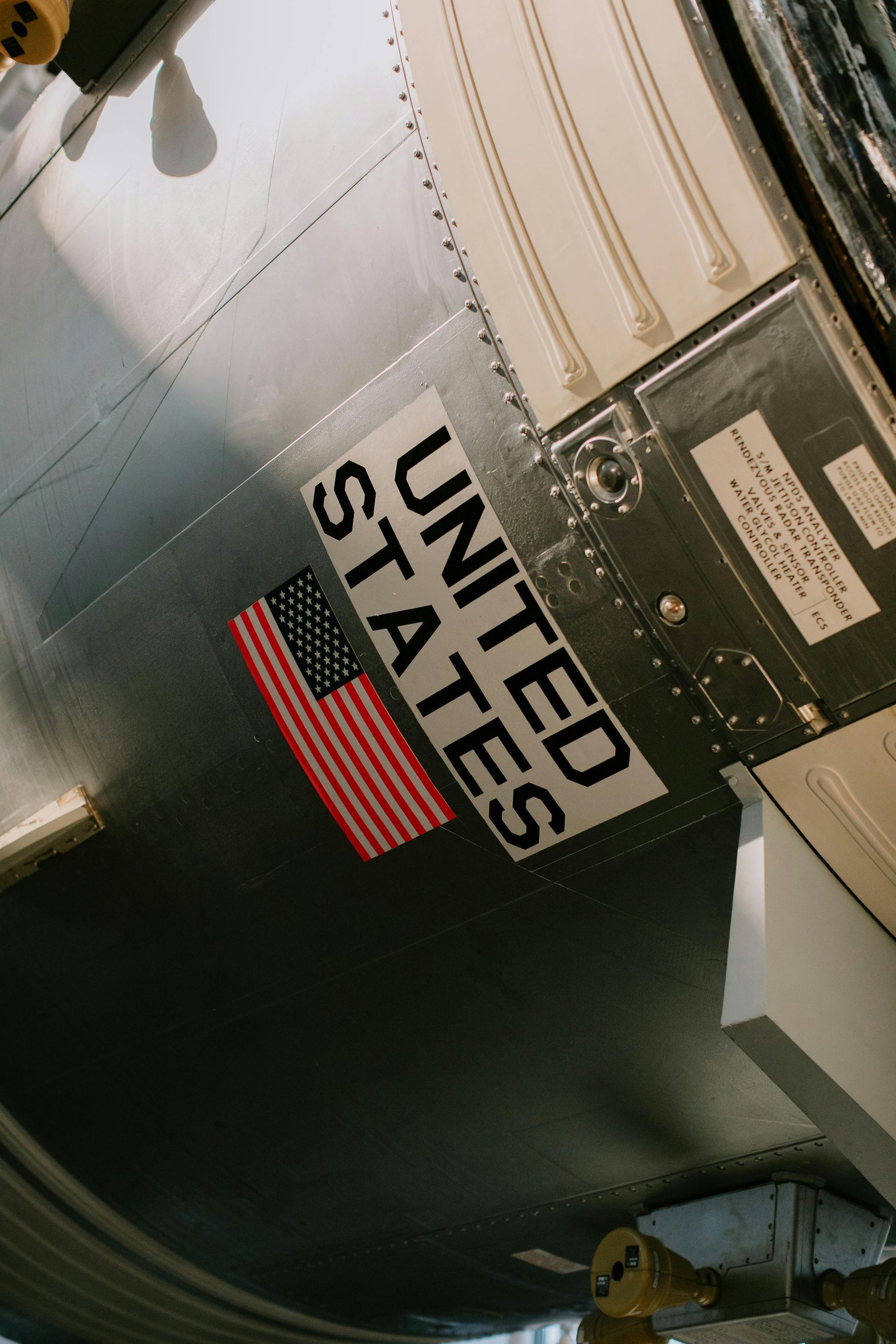Microplastics in Our Food: What You Need to Know?
The Invisible Threat: How Microplastics Are Taking Over Our Environment
U.S. GOV CONNECT
The Video: The Invisible Threat: How Microplastics Are Taking Over Our Environment
The Invisible Threat: How Microplastics Are Taking Over Our Environment.
Microplastics in Our Food: What You Need to Know
In recent years, the issue of microplastics in our food has gained significant attention. Microplastics are tiny pieces of plastic less than five millimeters in size that can be found in the air we breathe, the water we drink, and the food we eat. These microplastics come from a variety of sources, including the breakdown of larger plastic items, microbeads in personal care products, and synthetic fibers from clothing. Here's what you need to know about microplastics in our food:
1. How do microplastics end up in our food?
Microplastics can enter the food chain in several ways. Some marine animals mistake plastic debris for food and ingest it, transferring the microplastics up the food chain. Additionally, microplastics can be released into the environment from plastic packaging, utensils, and containers, contaminating the soil and water that our food is grown in. As a result, microplastics can end up in fruits, vegetables, seafood, and even tap water.
2. What are the potential health risks of consuming microplastics?
While the long-term health effects of consuming microplastics are still not fully understood, studies have shown that microplastics can contain harmful chemicals and pollutants that have the potential to leach into our bodies. These chemicals have been linked to various health problems, including reproductive issues, hormone disruption, and even cancer. Additionally, microplastics can cause physical damage to our organs and tissues if ingested in large quantities.
3. How can we reduce our exposure to microplastics in food?
There are several steps that individuals can take to reduce their exposure to microplastics in food:
- - Choose fresh, unprocessed foods over packaged and processed items
- Avoid using plastic containers, bottles, and utensils, especially for hot foods and beverages
- Filter tap water using a high-quality water filter to reduce microplastic contamination
- Support regulations and initiatives that aim to reduce plastic pollution and promote sustainable packaging alternatives
While it may be challenging to completely eliminate microplastics from our food supply, taking these steps can help to minimize our exposure and promote a healthier environment for future generations.
In conclusion, the presence of microplastics in our food is a concerning issue that requires further research, regulation, and public awareness. By understanding how microplastics end up in our food, the potential health risks they pose, and how we can reduce our exposure, we can take proactive steps to protect our health and the environment.









